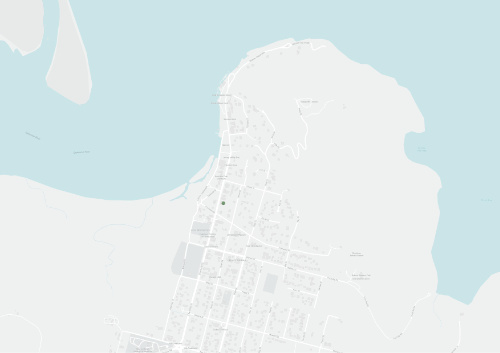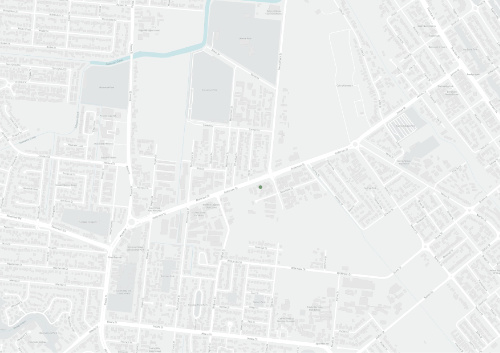Cape York NRM
Fighting fire with collaboration
Fighting fire with collaboration
Collaborative fire management was the key to a Regional Fire Planning meeting held at Moreton Telegraph Station in early July.
About 25 stakeholders including pastoralists, representatives from Queensland Parks and Wildlife, Picanninny Plains Environment Reserve, the Steve Irwin Nature Reserve, several Indigenous groups and Rio Tinto, met with Cape York NRM staff, Firescape Science and consultants Darryl Killen and Lana Polglase to discuss their fire management plans for early prescribed burns on the northern Cape.
“The meeting aims to bring the different stakeholders together to discuss their fireplans and to pool our resources … To make it more cost effective, bigger bang for the buck,” Cape York NRM Fire coordinator Andrew Drenan said.
The group has been meeting annually for more than five years to coordinate burns to reduce the risk of more severe wildfires that come later in the dry season.
“The objective, generally, in fire management in early aerial incendiary burning is to get firebreaks all through the landscape to stop the late season uncontrolled wild fires. And to make sure we get those breaks without out gaps in them,” Andrew said.
“Effective firebreaks can protect property such as homesteads and Indigenous cultural assets, protect wildlife and prevent threats to the environment. The larger, more intense wildfires of the late dry season do more environmental damage, which of course, creates soil erosion that washes out into the Reef.
“The first step is the planning, then we use a helicopter to do the work. Darryl allocates incendiaries across those properties involved, which reduces helicopter hire costs but also serves to better coordinate fire breaks across a larger tract of country.”
Andrew said the timing was the trickiest part of the operation. Further south on the Cape controlled burning had already begun but in the North the landscape had still been too wet.
“The window of opportunity is getting tighter, as we had a later wet season this year.”
But according to the latest North Australian Fire management Information (NAFI) guide, burning is now underway and outcomes so far are “looking pretty good”.
“As I mentioned, late fires are hotter and more dangerous, more damaging to the environment, and are bloody hard, hot work to fight on the ground. We want to avoid them.
“Unfortunately, one of the issues raised at the meeting was the continued incidence of deliberately-lit fires later in the year. It’s a tricky matter and again, collaboration and cooperation between stakeholders will improve monitoring of such activity and, ultimately, lead to better enforcement results.”
The Regional Fire Planning Project is supported by funding from Reef Trust 7.

